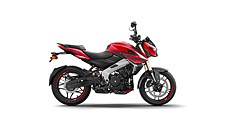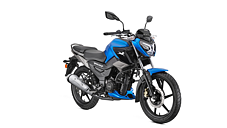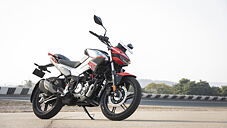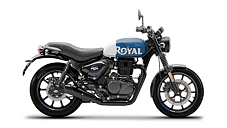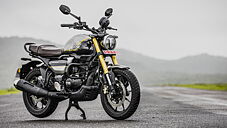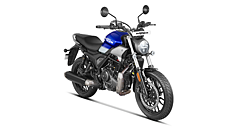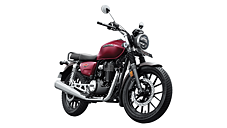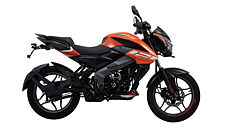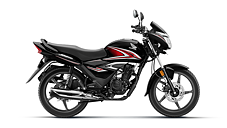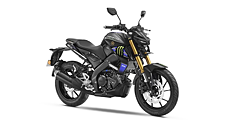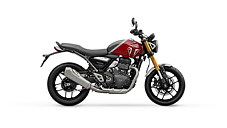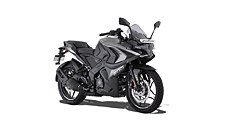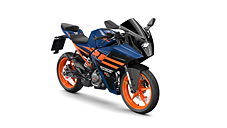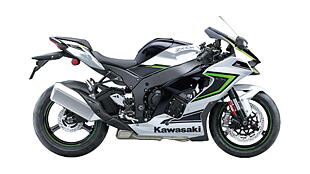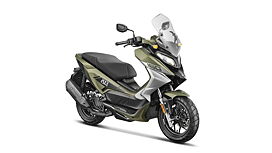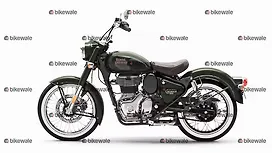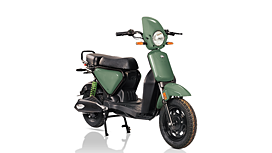Introduction

Kawasaki Ninja 650 has proven its mettle as a sports tourer since it was first introduced. The motorcycle received a major upgrade in 2017 when it was updated to comply with the BS4 emission norms.
Now, the Japanese middleweight sports tourer has received a new update to comply with the BS6 emission norms. With the transition, Kawasaki has revised the styling of the motorcycle, and the latest iteration of the Ninja 650 looks more desirable than ever before. Yet, despite all the updates (mechanical, visual, and features), the Ninja 650 BS6 is just Rs 34,000 more expensive than the BS4 model.
How does the new package work? We rode the motorcycle for a week in a variety of conditions to bring you this comprehensive review.
Quality

The fit and finish on the Kawasaki Ninja 650 BS6 justifies the premium price tag that it carries. The build quality is complemented by updated features that include a full-LED headlight assembly resembling the units on the Ninja 400 and the Ninja ZX-6R. The revisions to the front fascia also include a sharper design for the fairing and a revised angle for the windscreen. To top it off, Kawasaki has added the ‘Kawasaki Racing Team’ graphics (Lime Green Ebony) to the Ninja 650. The motorcycle is also available in Lime Green and Pearl Flat Stardust White paint options.
The Bluetooth-enabled instrument cluster packs a clean layout making it easy to read all the information on the screen. The rider can set the backlight (white or black) as per his convenience. The cluster includes a gear position indicator, tachometer, speedometer, odometer, fuel gauge, engine temperature, and fuel-economy details.

Venture beyond the instrument cluster, however, and the design looks similar to the old Ninja 650. Thus, you would see a muscular fuel tank, split-style saddle, and a compact, underbelly exhaust. Under the aesthetic upgrades, Kawasaki has retained the chassis and other components from the old Ninja 650. While the underpinnings have not received any change, the BS6 model benefits from Dunlop-sourced Sportmax Roadsport 2 tyres, and they work really well in dry conditions.
Comfort

The suspension setup, which comprises of 41mm telescopic front forks and a preload-adjustable rear mono-shock, is set for comfort. Thus, the Ninja 650 glides over most undulations effortlessly and delivers a comfortable ride quality.
The tuning, however, affects the handling, and you’d especially notice it around the corners. Direction changes are fairly quick, although, do not expect a supersport-style response in the handling department as it takes some effort when going from side-to-side.

The ergonomics, too, are on the comfortable side. While the rider’s triangle is committed enough to feel sporty, it isn’t too aggressive to cause discomfort. The clip-on style handlebar is sufficiently high while the footpegs aren’t too rear-set, thus delivering touring-friendly ergonomics. Moreover, the seat height is just 790mm, which makes terra-firma easily accessible. With a height of almost 5’10, I could put both my feet flat on the ground, thus making it easier to move the motorcycle around in parking spaces.
The turning radius is sufficiently short to filter through bumper-to-bumper traffic, although the mirrors are wide, and you’d either have to fold them, or be extra cautious when making your way between the cars.
Performance

Despite complying with the BS6 emission norms, the latest iteration of the Ninja 650 makes nearly the same power and torque output as the BS4 model. The 649cc, parallel-twin, liquid-cooled motor produces 67.3bhp at 8,000rpm and 64Nm at 6,700rpm.
The motor packs a meaty mid-range that makes the Ninja 650 versatile and easy to use. The motorcycle will keep marching forward anywhere above 2,000rpm without much stress on the motor. It starts to pull away cleanly from 4,000rpm with a noticeable step-up closer to the 7,000rpm mark. The power delivery is linear, so novice riders wouldn’t find it intimidating. Still, there’s enough grunt in the motor to keep the experienced riders engaged.

The second gear will take you past a ton on the speedometer while the third cog will cross 130kmph before hitting theredline. The fourth gear will take you until 160kmph before reaching the 10,000rpm redline, and you’d still have two more gears at your disposal. The motorcycle cruises at highway speeds (80kmph) at just 4,000rpm while 100kmph comes at 5,000rpm in the sixth gear. That’s a sweet spot to cruise with no strain on the engine, and sufficient reserves of power for quick overtakes.
The meaty mid-range ensures that the motorcycle is just as easy to ride in the city as it is on the highway. The heat management is commendable too, and despite taking the Ninja 650 out for a spin on a hot October afternoon, things were pretty comfortable.

While the engine is praiseworthy, the refinement levels have some scope for improvement. There’s a noticeable tingling sensation from the saddle and the footpegs right from the mid-range. Moreover, the six-speed gearbox feels slick and works fine most of the time, although we faced issues with the downshifts on several occasions.
The braking setup complements the engine performance, and it delivers a sharp feedback with a good initial bite. The anchoring setup comprises of the 300mm twin rotor at the front and a 220mm single disc at the back – both grabbed by Nissin-sourced callipers while the safety net includes dual-channel ABS.
Technology

The latest iteration of the Ninja 650 is loaded with better hardware than its predecessor. The motorcycle benefits from a full-LED headlight and a new design for the taillight. The premium quotient is further enhanced by the new, colour TFT display with Bluetooth-connectivity.

The Bluetooth module works with Kawasaki “Rideology The App”, although the system does not offer controls to incoming calls or music. The smartphone app shows data about the vehicle and the riding log, but the customisation options are limited for the Ninja 650. If you do, however, own a premium model like the Ninja 1000 SX or the H2 series, you can set parameters such as riding modes, traction control, etc. through the smartphone app.
Fuel Economy

The Ninja 650 BS6 delivers about 19kms (city and highway) to a litre of petrol. With a 15-litre fuel tank, the motorcycle can cover close to 300kms between fuel stops.
Fitness of Purpose

The Kawasaki Ninja 650 has proven its mettle as a sports tourer, while its versatile character makes it easy to ride in the city. Thus, the Ninja 650 should appeal to buyers who’re stepping into the middleweight segment, and want to use it as an everyday motorcycle.
Our Take

The Kawasaki Ninja 650 is well-mannered at lower revs, with sufficient excitement packed in the mid- and the higher revs, which makes it perfectly practical for everyday use. At the same time, it'll go munching miles over the weekend as you sit cocooned behind the protection of the fully faired design. The updated styling makes it a definite attention grabber wherever it goes while the added features such as an LED headlight and Bluetooth-enabled instrument cluster enhance the overall desirability factor.
On the downside, the refinement levels could've been better and the ground clearance could've been higher, but that's not a deal breaker. It isn’t very expensive as compared to its predecessor either. At Rs 6.24 lakh, the Ninja 650 BS6 is just Rs 34,000 more than the previous model, and it’s a perfect upgrade for anyone who is looking to move to the middleweight segment of the two-wheel world.
Photography by Kapil Angane
Gallery
1/111
Kawasaki Ninja 650 Right Front Three Quarter
Double Tap to Zoom











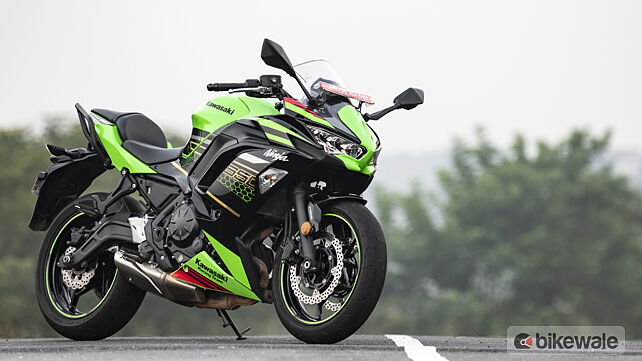







![[object Object] ThumbNail Images [object Object] ThumbNail Images](https://imgd.aeplcdn.com/642x361/n/cw/ec/51122/kawasaki-ninja-650-rear-swing-arm47.jpeg?wm=2&q=80)
![[object Object] ThumbNail Images [object Object] ThumbNail Images](https://imgd.aeplcdn.com/642x361/n/cw/ec/51122/kawasaki-ninja-650-pillion-footrest48.jpeg?wm=2&q=80)
![[object Object] ThumbNail Images [object Object] ThumbNail Images](https://imgd.aeplcdn.com/642x361/n/cw/ec/51122/kawasaki-ninja-650-rider-footpeg49.jpeg?wm=2&q=80)
![[object Object] ThumbNail Images [object Object] ThumbNail Images](https://imgd.aeplcdn.com/642x361/n/cw/ec/51122/kawasaki-ninja-650-tail-light50.jpeg?wm=2&q=80)
![[object Object] ThumbNail Images [object Object] ThumbNail Images](https://imgd.aeplcdn.com/642x361/n/cw/ec/51122/kawasaki-ninja-650-left-side-multifunction-switchgear51.jpeg?wm=2&q=80)
![Kawasaki Ninja 650 [2020-2021] Image Kawasaki Ninja 650 [2020-2021] Image](https://imgd.aeplcdn.com/272x153/bw/models/kawasaki-ninja-650-2020-standard20200512023950.jpg?q=80)
